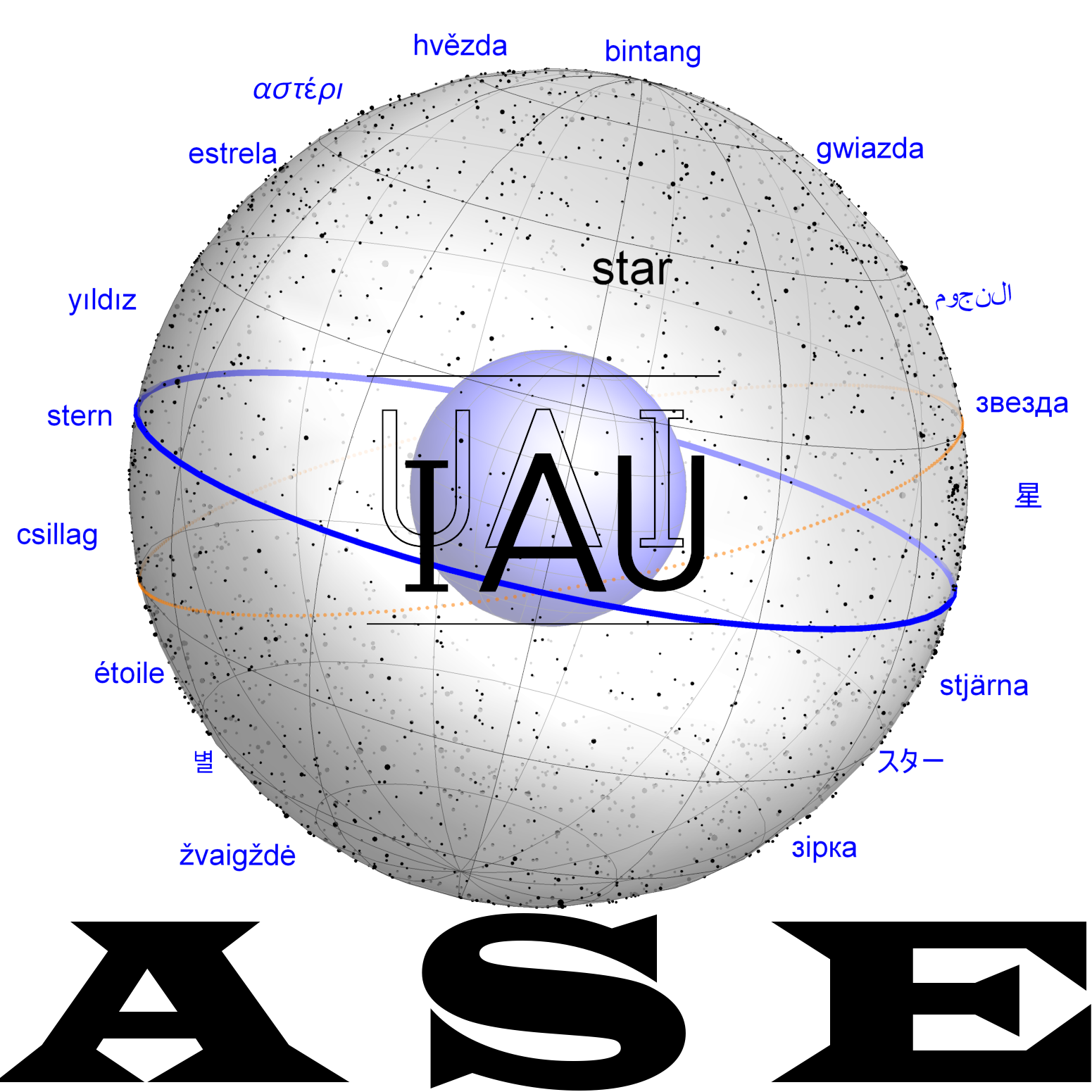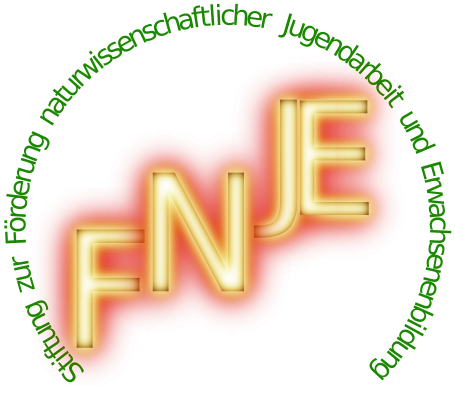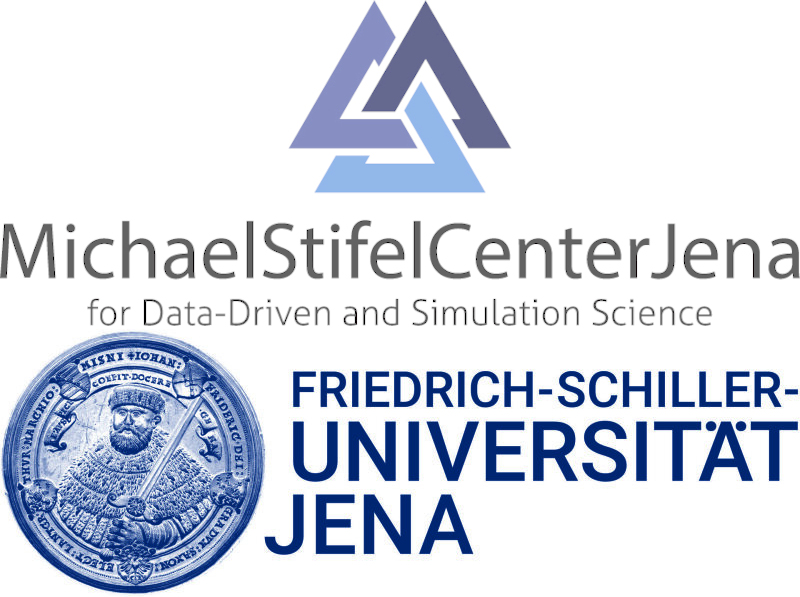E2.TUR3
E2.TUR3
Babylonian name of a star or constellation in Leo. Other ideas may have been held by other ancient scholars as well.
The exact sense of the various renderings of the terms with e2.tur.ra range from identifications with 'The Lion' constellation to the closest sense of what might be a full-sky constellation in cuneiform. EAE (2) equates mulE2.TUR3.RA with the entire sky, based on a view of the stars as cattle in their enclosure: this enclosure being the entire sky, wild cattle being the planets, and domesticated cattle being the fixed-stars (Horowitz 2010,[1] Rochberg 2010[2]).
Dictionary
= tarbāṣu 'enclosure (for cattle)';
variant designations:
- mulE2.TUR3.RA,
- mulE.TU.RA.ME,
- mulE.TU.RA.AM.MA/MI;
- = muleturammi 'Eturammi star' [BPO 2, 11; G. 130, 131].
The surviving Sumerian also allows for readings with the genetive MUL e2-tu-ra, the Star(s) of the Enclosure, and plural MUL e2.-tu-ra-ME 'the stars of the enclosure'.
Kurtik with Hilder, Hoffmann, Horowitz, Kim
| Sources | Identifications |
|---|---|
| Lexical texts
Urra XXII series:
|
These restaurations of the text are not secure. |
EAE.
|
Here we are not sure how to read the text
|
"The Great Star List and Miscellenia."
|
In this case, the identification seems to be the constellation Leo, UR.GU.LA |
Additional
II. Deity.
In astrological and lexical texts Eturammi is associated with the goddess Anunitu. In the AN series: dAnum (V 202): [dE]-tu-ra-am-mi = sukkal dBi-i-ir-du.ke4 "Eturammi is a messenger of Birdu". [Litke 1998, 187]; dBi.ir.du (= dBinibu) is one of the names of Nergal [Tallqvist 1938, 277; Litke 1998,185, note 191].
III. Identification.
According to [BPO 2, 11] the given names refer to one luminary whose identification is not clear. Gössmann treats mulE2.TUR.RA and mulE2.TU.RA.ME as two different luminaries without providing any reasoning [G. 130, 131]. muleturammi in the "Great Star List and Miscellenia" may be considered as being an integral part of the constellation UR.GU.LA "Lion" [Mesop.Astrol., 193, notes]. In the prediction [ACh Suppl. 2, 78 i 7] mulE.TU.RA.ME moves relative to fixed stars, which makes its identification with a planet (Venus, Mars?) probable. See (Kurtik t10) TUR3 also in this connection. According to Koch, multarbāṣu — is the Sun, the rising point that which moves throughout the year relative to the area of the horizon, which had the mythological name E2.TUR3 [Koch 1989, 123], see also [BPO 2, III 24b].
Historical Dictionaries
| Kurtik (2022) | Gössmann (1950) |
|---|---|
| = tarbāṣu «Загон (для скота)»; вар. обозначения: mulE2.TUR3.RA, mulE.TU.RA.ME, mulE.TU.RA.AM.MA/MI; = muleturammi «Звезда Этурамми» [BPO 2, 11; G. 130, 131]. | Example |
| I. Источники.
Лексич. тексты. Серия Urra XXII: [mule-TU-r]a-am-me = sukkal da-nu-ni-tum «Загон = Посланник Ануниту», [mule-tu-r]a?-am-me = mulur.gu.la «Этурамми? = Лев» [Cavigneaux 1979, 134, 17:19–20; Bloch–Horowitz 2015, 110:313ʹ], см. также [ACh Suppl. 2, 78 i 7]. EAE. (1) mulE2.TUR3 NAM ar-ku: pa-ar-ku E2.TUR3 «Звезда Загон вдоль (движется), (что соответствует) лежащему поперек загону» [BPO 2, III 21; Koch 1989, 120–121]. (2) mulE2.TUR3.RA DIM2.MA.AN.NA [DUG4.GA?] / a-na nap-ḫar AN-e DIM2 : na[p-ḫa-ru (DIM2 = banû )] a-na bi-nu-ut AN-e i-qab-bi «Загон (относится к) DIM2.MA.AN.NA / то есть ко всему небу, (потому что) dim2 (означает) “сово[купность”, (кроме того) dim2 = banû “создавать”], (поэтому) это названо “для созданий? неба”« [BPO 2, III 22–22a; Koch 1989, 121]. (3) DIŠ mulE2.TUR3.RA.ME SUKKAL mulA-nu-ni-tu4 ana mulŠU.PA TE / ina MU BI ina TIL MU LUGAL UŠ2 BURU14 nap-ša2 KUR GU7 BURU14 ŠE u ŠE.GIŠ.I3 GAL2 «Если Этурамме, посланник Ануниту, к Шупе приближается, в этом году (в конце года) царь умрет; страна будет есть урожай вдоволь; урожай хлеба и сезама» [ACh Suppl. 2, 78 i 7]. «Большой список звезд». mule-tu!-ram-mi = mulmin(=ur.gu.la) «Этурамми = Лев» [Mesop.Astrol., App. B:137]. II. Божество. В астрологических и лексических текстах Этурамми связано с богиней Ануниту. В серии AN : dAnum (V 202): [dE]-tu-ra-am-mi = sukkal dBi-i-ir-du.ke4 «Этурамми — посланник Бирду» [Litke 1998, 187]; dBi.ir.du (= dBinibu) — одно из имен Нергала [Tallqvist 1938, 277; Litke 1998,185, note 191]. III. Отождествление. Согласно [BPO 2, 11], приведенные варианты названия относятся к одному светилу, отождествление которого неясно. Гёсман трактует mulE2.TUR.RA и mulE2.TU.RA.ME как два разных светила, не аргументируя [G. 130, 131]. muleturammi в «Большом спиcке звезд» может обозначать часть созвездия UR.GU.LA «Лев» [Mesop.Astrol., 193, notes]. В предсказании [ACh Suppl. 2, 78 i 7] mulE.TU.RA.ME движется относительно неподвижных звезд, что делает вероятным его отождествление с планетой (Венерой, Марсом?). См. в этой связи также t10TUR3. Согласно Коху, multarbāṣu — это Солнце, точка восхода которого перемещается на протяжении года относительно участка горизонта, имевшего мифологическое название E2.TUR3 [Koch 1989, 123], см. также [BPO 2, III 24b]. |
Example |
References
- ↑ Horowitz W. 2010: “Stars, Cows, Semicircles and Domes: Astronomical Creation Myths and the Mathematical Universe,” in W. Horowitz, U. Gabbay, and F. Vukosavoviæ, eds., A Woman of Valor: Jerusalem Ancient Near Eastern Studies in Honor of Joan Goodnik W estenholz: 263-285.
- ↑ Francesca Rochberg (2010). SHEEP AND CATTLE, COWS AND CALVES: THE SUMERO-AKKADIAN ASTRAL GODS AS LIVESTOCK In: Opening the Tablet Box, Brill, 347–359 https://brill.com/display/book/edcoll/9789004186569/B9789004186569-s022.xml




